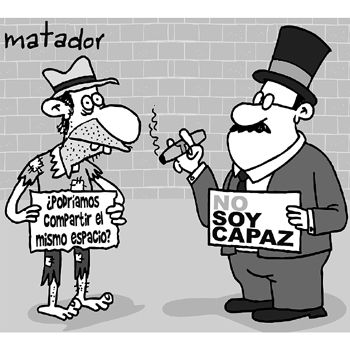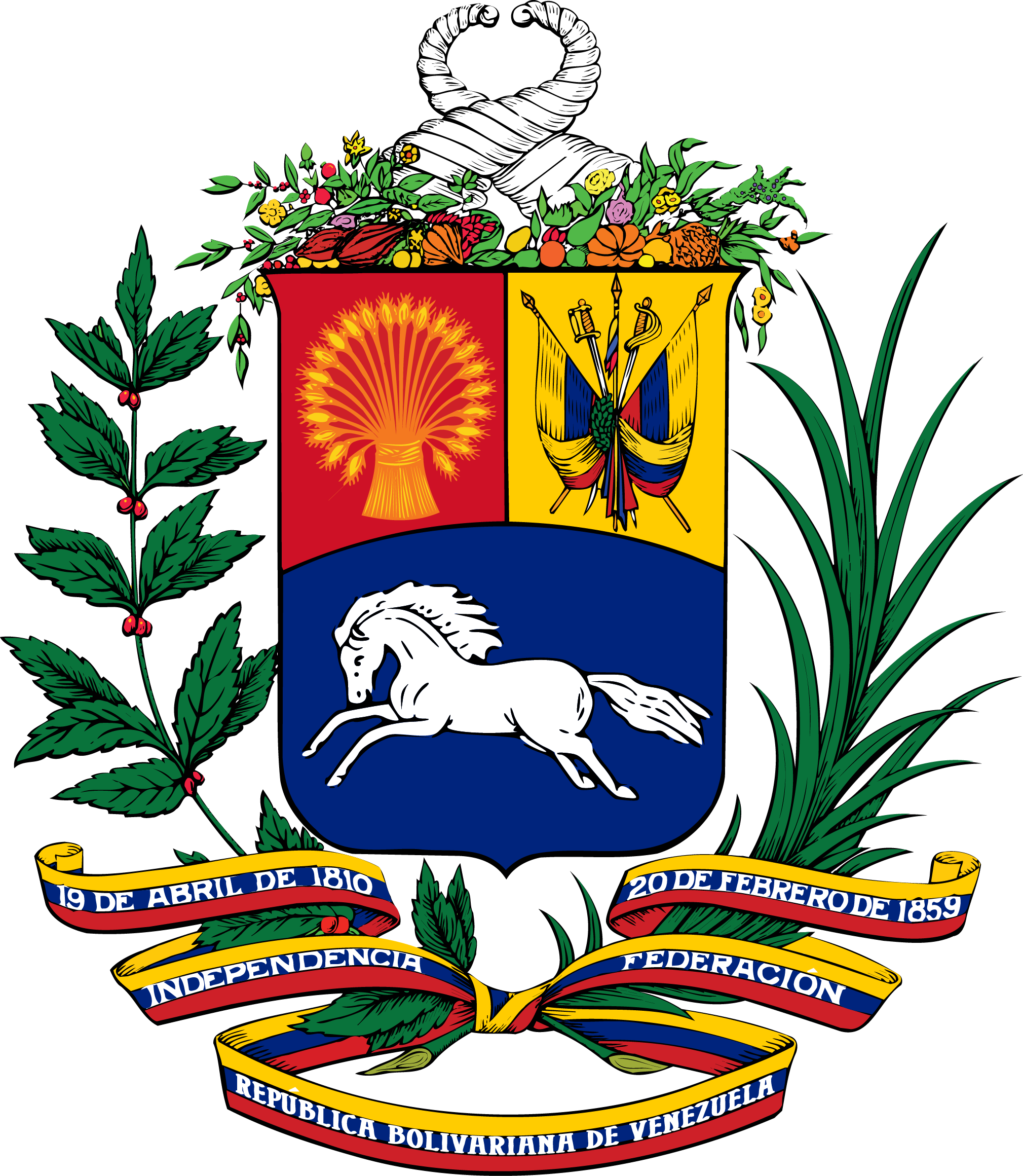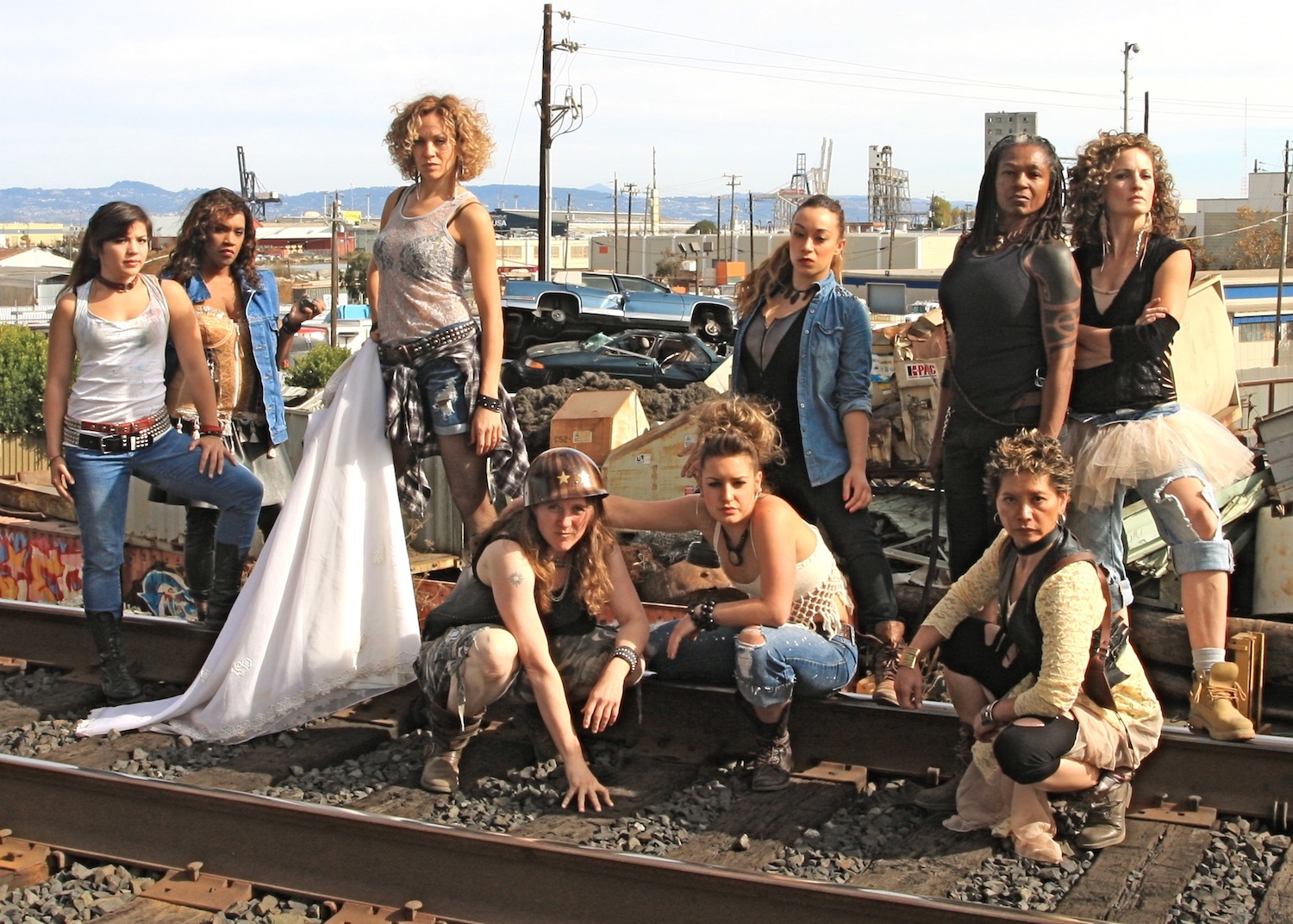For many in Colombia, the election of Bogotá mayor Gustavo Petro represents a step forward for democracy and the fight against poverty. The former leader of the revolutionary-socialist guerrilla faction M-19, Petro’s policies in office have explicitly recognized class tensions in the city and work to transform them. For the city’s wealthy, however, the election of an extreme left-wing politician threatens Colombia’s newfound security—or at least that of its monied neighborhoods. A recent proposal to build affordable housing in a wealthy enclave, isolated in the north of Bogotá, reveals the class conflict that defines life in the city. Continue reading
The Way Out is Through: Class Conflict in Bogota



